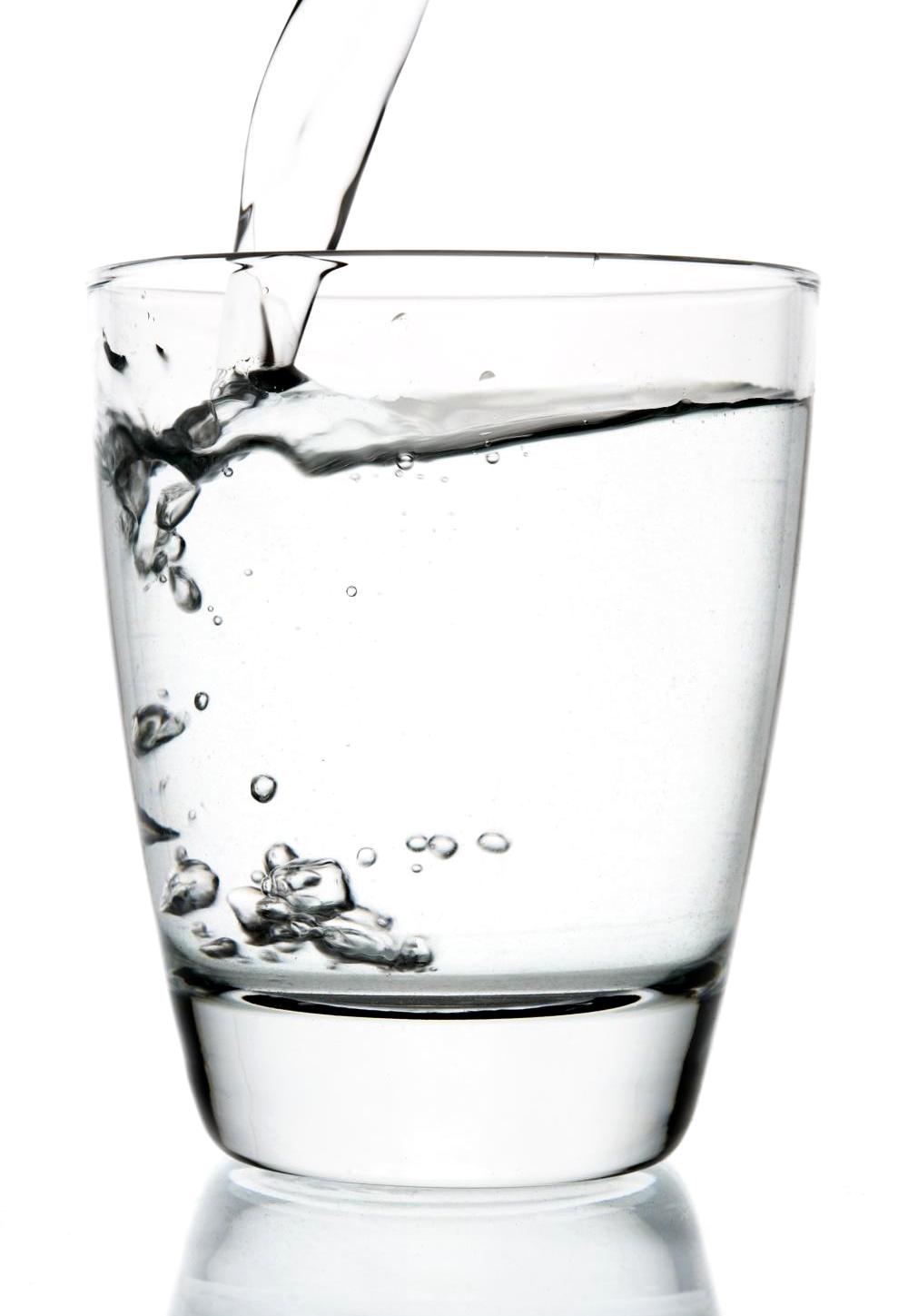Originating from Japan, the Morning Banana diet became a craze back in 2008, causing shortages of bananas in food stores for a short period. Created by a pharmacist named Sumiko Watanabe for her husband, the diet rapidly gained popularity because it’s flexible and very easy to follow by most people. While all this may sound good, the question is whether the Morning Banana diet can work.
Why the Morning Banana Diet Might Be Your New Breakfast Go-To

The Rules
At first, the rules were only the ones below:
1. Eat bananas at breakfast. You can have more than one. Hitoshi Watanabe, the first person who tried the diet, ate four small bananas at breakfast.
2. Drink water whenever you feel the need to.
3. You are allowed to have an afternoon snack.
4. Dinner should be served before 8 P.M.
5. You should go to bed before midnight.
Since the Morning Banana diet actually allows you to eat whatever you want at lunch and dinner, many people used this freedom in the wrong ways, which led to overeating. That is why more rules were added, not to turn this diet into a restrictive one, but to ensure that the dieters followed the best practices and that the diet would succeed.
Basic principles of the Banana Diet
1. You can only eat raw, uncooked bananas.
2. You can eat other fruits during the day. Some diet variants advise eating only one type of fruit per meal.
3. Even though you can theoretically eat whatever you want at lunch and dinner, you should try to avoid fried food and excessive fat.
4. Eat slowly and only until you’re satisfied. Avoid getting full. In other words, finish your meal when you’re not hungry anymore but you feel like there’s room for more in your stomach.

5. Water should be the main liquid you drink. The water has to be room temperature and drunk in small sips.
6. Small quantities of coffee, tea, and other beverages are allowed.
7. Drinking alcoholic beverages on occasion is also allowed.
8. An afternoon snack of your favorite sweets is allowed midway between lunch and dinner. This is the only time you’re permitted to have sweets during the day.
9. Exercise is not necessary, but you can do it if you want. Also, you should choose the least stressful types of exercise.
Here’s how the banana diet works
Bananas’ weight loss effects are attributed to their contents of dietary fiber and resistant starch. Dietary fiber can escape digestion and pass through the intestines, carrying out some of the ingested calories. Resistant starch, also known as the third type of dietary fiber, has some of the benefits of soluble fiber and some of the insoluble fiber. Several studies have also shown that resistant starch may improve fat burn and reduce fat storage by improving fatty acid metabolism.
Both fiber and resistant starch (which acts like fiber) increase satiety and improve digestion and excretion. This is very important as the dieters will be less prone to overeating even though they can choose what to eat at lunch and dinner. Also their digestion will be improved, allowing the body to flush out the toxins more efficiently.
Bananas have other health benefits besides weight-loss, as they are a very good source of vitamin B6 and also contain moderate amounts of manganese, potassium, and vitamin C.
Is the banana diet for everyone?
The Morning Banana Diet comes with a clever mix of proper eating rules, flexibility, and bananas’ nutritional and health benefits. The only problem of this diet is the flexibility regarding lunch and dinner. It is not for everyone, just for people with unrealistic expectations who think the banana breakfast can “hide” their oversized, unhealthy meals. Also, even if exercise is only mildly promoted by this diet, doing it regularly will surely improve its results, as well as your aspect and overall health.
As it any healthy diet, we always recommend choosing the one that fits your lifestyle first; you mustn’t feel pressured or stressed otherwise, you won’t do it optimally or at all (in time).
